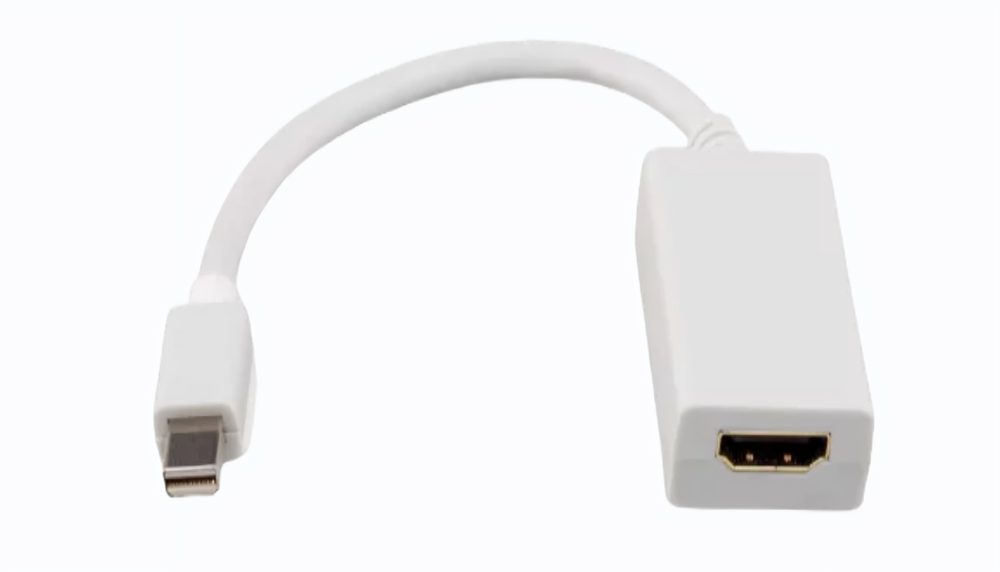Physical Address
304 North Cardinal St.
Dorchester Center, MA 02124
Physical Address
304 North Cardinal St.
Dorchester Center, MA 02124

The versatility of Apple’s iMac extends beyond its role as a standalone computer. Did you know you can use iMac as display for PC? This feature allows you to transform your iMac into a secondary monitor, enhancing your productivity, boosting your creative workspace, or offering a premium display for gaming.
Whether you want to expand your screen real estate or simply enjoy the sleek design and high resolution of an iMac as a monitor, this guide will walk you through everything you need to know.
From the necessary hardware and software requirements to detailed step-by-step instructions, this comprehensive guide ensures you can maximize the potential of your iMac as a monitor for your PC. Dive in to explore how you can make this setup work for you, along with tips and troubleshooting advice to ensure a seamless experience.

MacOS Version: Your iMac must be running macOS High Sierra or earlier, as newer versions do not support Target Display Mode (the feature that allows iMacs to function as external monitors).
Model Compatibility: Only certain iMac models, specifically those from 2009 to 2014, support this feature.
Your PC should have a compatible output port that can connect to the iMac. Most modern PCs come with HDMI or DisplayPort outputs, which can be adapted to connect with the iMac’s Mini DisplayPort or Thunderbolt inputs.

Using an iMac as a monitor for a PC is straightforward, with a few tips to enhance the experience.
Before diving into the how-to, it’s essential to understand why you might want to use iMac as display for PC. The reasons vary depending on your needs:
Enhanced Productivity: Using an iMac as an external monitor gives you more screen space, enabling multitasking without the hassle of switching between tabs and windows.
High-Quality Display: iMacs boast Retina displays with exceptional color accuracy and sharpness, making them ideal for graphic design, video editing, and other creative tasks.
Cost Efficiency: If you already own an iMac, utilizing it as a display can save you the cost of purchasing a new monitor.
Gaming Experience: Enjoy your games on a larger, sharper screen with superior resolution and color depth.
Learning how to use iMac as display for PC opens up new possibilities for maximizing your technology’s potential. Whether for work, creative projects, or gaming, the iMac’s superior display can enhance your experience when used as an external monitor.
By following this guide, you can seamlessly set up your iMac to function as a high-quality display, all while making the most of the technology you already own.
Ensure you have the right cables, meet the compatibility requirements, and take advantage of the tips provided to optimize your setup. Enjoy the benefits of expanded screen space and a top-tier display without the need for additional purchases.
1. What iMac models support being used as a display for a PC? Only iMac models released between 2009 and 2014 can be used as a display for a PC. Specifically, the iMac (27-inch, Late 2009), iMac (27-inch, Mid 2010), and iMac models from 2011 to 2014 are compatible with Target Display Mode, which allows the iMac to function as an external monitor.
2. Can I use my iMac as a display for a PC running Windows? Yes, you can use an iMac as a display for a PC running Windows, provided the iMac is a compatible model and the correct cables and adapters are used. The process involves connecting the PC to the iMac using a Mini DisplayPort or Thunderbolt cable and enabling Target Display Mode on the iMac.
Is it possible to use an iMac as a display for a PC wirelessly? While it is technically possible to use an iMac as a display for a PC wirelessly using third-party software or Airplay, these solutions often introduce lag and reduced display quality. A wired connection is recommended for the best performance and display quality.